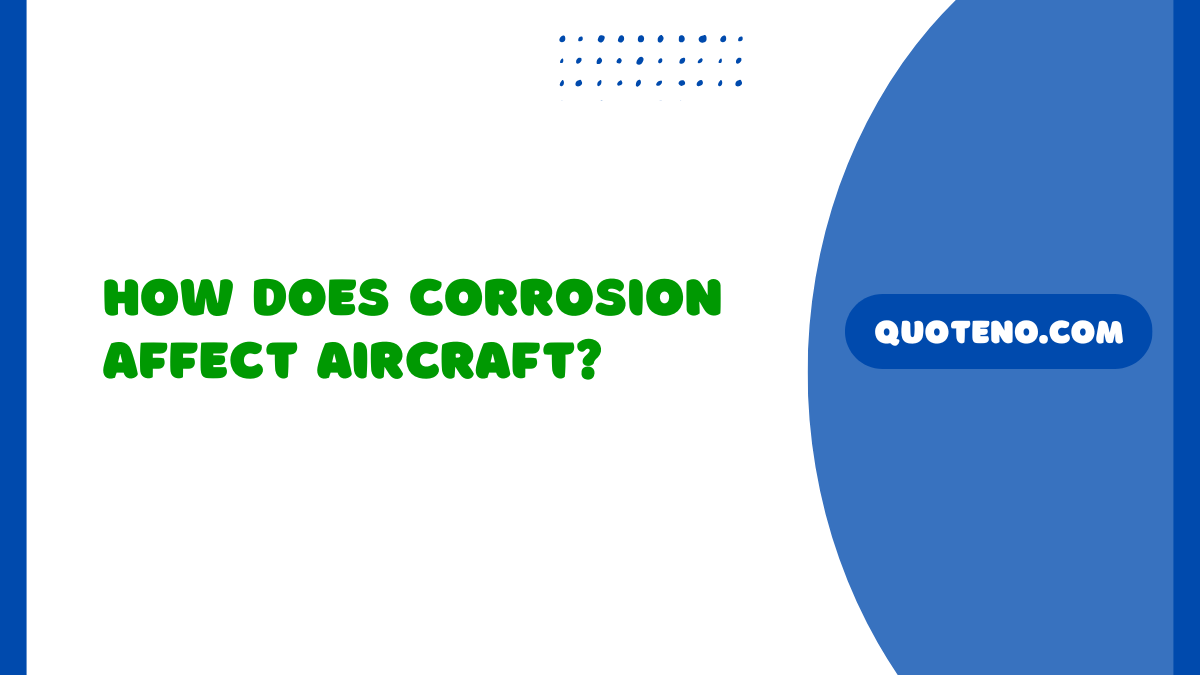Corrosion poses substantial risks to both the safety and performance of aircraft. Corrosion does not discriminate; it affects every component of the aircraft, from the sleek exterior to the complex internal systems.
Here are some specific ways corrosion affects aircraft.
Table of Contents
Impact of Corrosion on Aircraft Safety
Safety is paramount in aviation, and corrosion can severely undermine the structural integrity of an aircraft. When corrosion is left unchecked, it can lead to catastrophic failures. For instance, the weakening of critical components such as wings, fuselage, and landing gear can compromise the aircraft’s ability to withstand the stresses of flight. This poses a serious risk not only to the aircraft but also to the passengers and crew on board. The presence of corrosion can also disrupt the performance of essential systems. Electrical systems, which are vital for navigation and communication, can be affected by corroded wiring and connectors. This interference can lead to malfunctions, putting the aircraft at risk of losing critical functionality during flight. Therefore, regular inspections and maintenance are essential to ensure that these systems remain in optimal condition.
Effects of Corrosion on Aircraft Performance
Corrosion not only affects safety but also has a profound impact on the overall performance of an aircraft. The accumulation of corrosion can lead to increased drag and weight, thereby reducing fuel efficiency. As corrosion compromises the smoothness of the aircraft’s surface, it disrupts airflow, causing additional resistance. This results in higher fuel consumption and increased operational costs. Moreover, corrosion can hinder the mechanical performance of moving parts. For instance, the buildup of rust and corrosion products in areas such as hinges, joints, and bearings can lead to stiffness or even failure. This can impair the aircraft’s ability to maneuver effectively, potentially affecting flight operations and passenger comfort.
Corrosion and Maintenance Costs
From an economic perspective, corrosion can significantly inflate maintenance costs. The need for frequent inspections, repairs, and replacements of corroded parts contributes to the overall expense of maintaining an aircraft. This financial burden can be particularly challenging for airlines and operators striving to maintain profitability while ensuring safety. One of the most significant costs associated with corrosion is the downtime required for maintenance. When an aircraft is grounded for repairs, it not only incurs direct costs associated with labor and materials but also results in lost revenue opportunities. As such, effective corrosion management strategies are essential to minimize these disruptions and maintain operational efficiency.
Corrosion Prevention Techniques
Preventing corrosion is a multifaceted endeavor that involves a combination of materials, coatings, and maintenance practices. One of the most effective ways to combat corrosion is through the use of an aircraft corrosion inhibitor. In addition to inhibitors, regular cleaning and inspection routines are vital. Keeping the aircraft clean and dry can significantly reduce the risk of corrosion. Inspecting for signs of corrosion during routine maintenance allows for early detection and treatment, preventing minor issues from escalating into major problems.
Conclusion
Corrosion is an unavoidable challenge in aviation, but with the right strategies and technologies, its impact can be managed effectively. With understanding of the ways in which corrosion affects aircraft safety, performance, and maintenance costs, you can take proactive steps to mitigate its effects.
Frequently Asked Questions:
What is aircraft corrosion and why is it dangerous?
What are the most common types of corrosion in aircraft?
Uniform corrosion: General surface wear from oxygen exposure.
Crevice (concentration cell) corrosion: Occurs in trapped moisture zones like lap joints, leading to pitting.
Stress corrosion: Affects high-load parts like landing gear or engine shafts, often leading to cracking.
Where does corrosion most often occur on aircraft?
Common hotspots include exhaust trail areas, battery compartments, bilges, lavatories, wheel wells, engine parts, propellers, flap recesses, and fastener joints—all areas prone to trapped moisture, pollutants, and abrasive debris.
- Divorce Annulments Demystified: Facts, Misconceptions, and What to Know - December 8, 2025
- Setting Healthy Boundaries for Better Mental Wellness - November 20, 2025
- Creative Ways to Make Camping Trips Fun for Everyone - November 7, 2025

